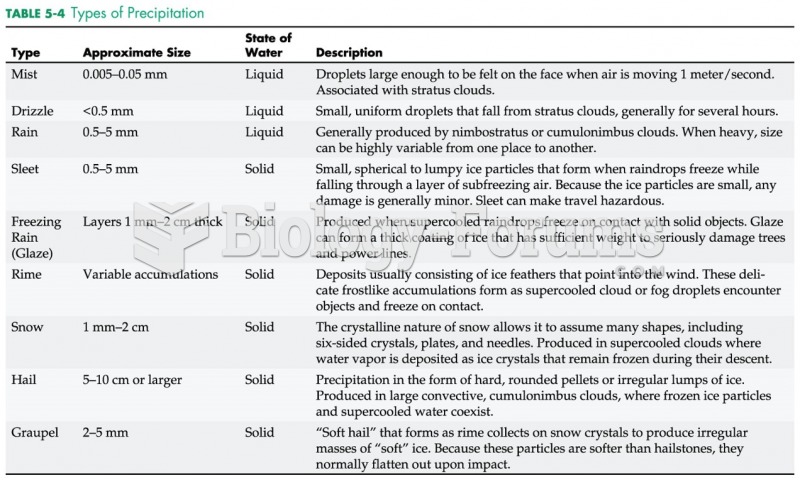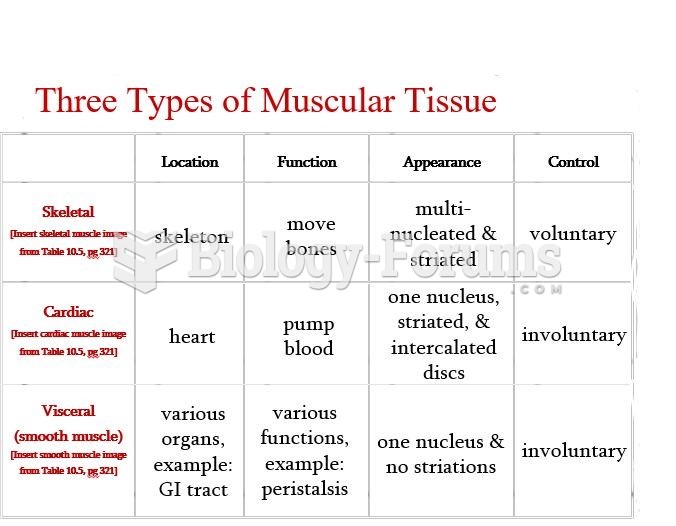Answer to Question 1
The bill of lading is probably the single most important transportation document. It originates the shipment, provides all the information the carrier needs to accomplish the move, stipulates the transportation contract terms including the scope of the carrier's liability for loss and damage, acts as a receipt for the goods the shipper tenders to the carrier, and in some cases shows certificate of title to the goods.
The bill of lading is created by the shipper of the goods and is either negotiable or nonnegotiable. A straight bill of lading is nonnegotiable, and the carrier must deliver the goods only to the specific receiving organization and destination in return for freight charge payment. An order bill of lading is negotiable and serves as a title to the goods listed on the document. The owner of the goods has the right to transfer title to the goods to another party and reroute the shipment to a location other than the one listed on the bill of lading.
Bills of lading also differ by type of move and whether the transportation is domestic or international.
The freight bill is the carrier's invoice for the fees the carrier charges to move a given shipment. The freight bill lists the shipment, origin and destination, consignee, items, total weight, and total charges. The freight bill differs from the bill of lading in that the freight bill sets forth the charges applicable to the shipment while the bill of lading sets forth the terms of the shipment and is a document of title.
A freight claims form is a document that the transportation buyer files with the carrier to recoup monetary losses resulting from the carrier's failure to properly protect the freight. The shipper must file in writing freight claims with the carrier within a timeframe specified in the contract. Freight claims can be filed for visible damage or shortages that are detected when the product is received and inspected, for concealed losses that are not discovered until packages are opened, or for financial losses due to unreasonable delays.
Carrier liability is limited if the shipper elected to send the goods under a released value in exchange for lower freight rates. Carriers are not liable for freight claims if the damage is attributable to some uncontrollable factor, such as a natural disaster, military attack, extreme fragility, etc.
Answer to Question 2
F
The number of no contacts in survey research has been increasing because of the proliferation of answering machines, mobile phones, and the growing use of caller ID to screen calls.







